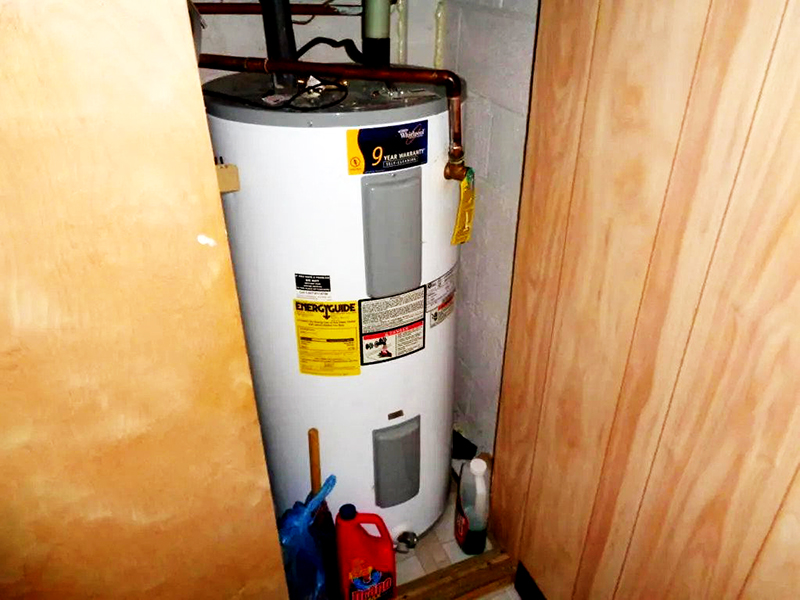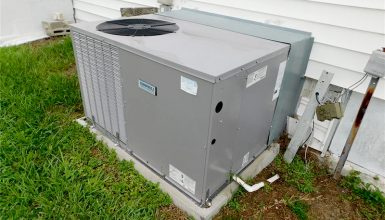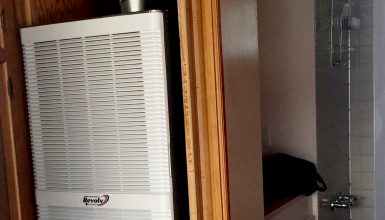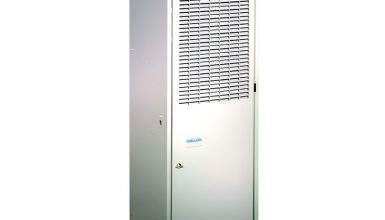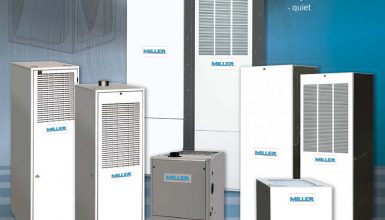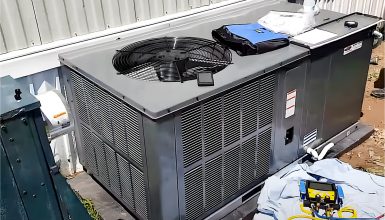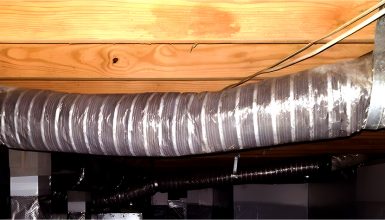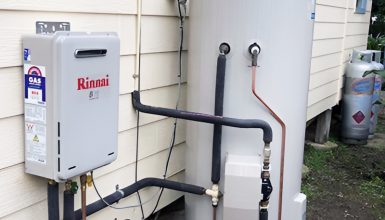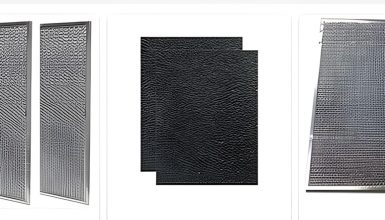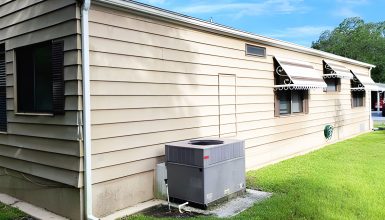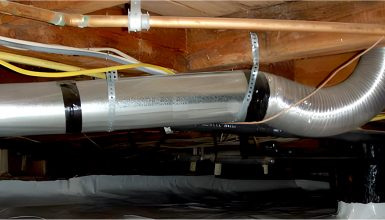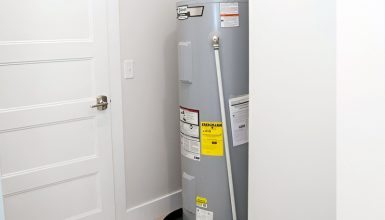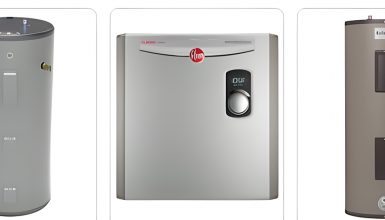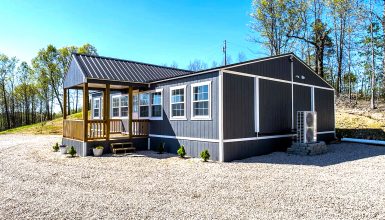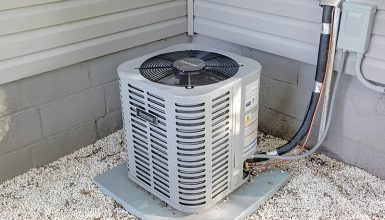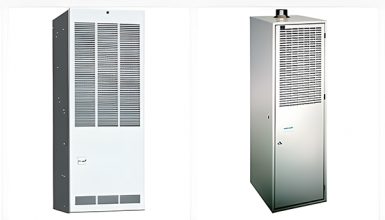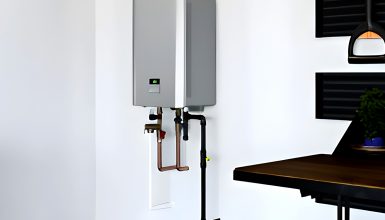Do you know those chilly mornings when a hot shower feels like a bear hug? It’s your water heater working behind the scenes. Imagine it decides to take a day off. Unthinkable, right? Yet, many of us don’t know where this little hero hides in our mobile homes, let alone how to access it. That will change today. By the end of this guide, you’ll know exactly where to find your water heater and how to access it like a pro. Let’s dive right in.
Locating Your Mobile Home’s Water Heater
The location of a water heater in a mobile home can vary based on the design and model of your home. However, they are commonly found in one of the following locations:
1. Utility Closet
The utility closet is one of the most common places for a water heater in a mobile home. This closet is typically a small, separate area dedicated to housing the water heater and sometimes other utilities. It could be located in a hallway, kitchen, or bathroom.
2. Kitchen
Some mobile homes might have a water heater in the kitchen, often tucked away in a cabinet or under the counter. It is usually done to save space and keep the heater close to the point of use.
3. Laundry Room
The laundry room is another common location for a water heater in a mobile home. This area often has the necessary plumbing and electrical connections for a water heater, making it a convenient location. The heater might be freestanding or tucked away in a dedicated closet or corner within the laundry room. It is typically in plain sight or behind a louvered (vented) door.
Accessing Your Mobile Home’s Water Heater
Accessing the water heater in a mobile home can be pretty straightforward. However, the specifics might vary slightly depending on the design and model of your home. Here’s a general guide:
- Prepare for Access
Before you start, ensure your safety. Turn off the power supply to the water heater, either at the circuit breaker or the disconnect switch. If you are working with the plumbing, turn off the water supply.
- Access the Water Heater
Once you’ve located the water heater, you’ll likely need to open a door or panel to access it fully. It might involve unscrewing a few screws, unlatching a door, or removing a panel. You’ll need a screwdriver or wrench, depending on what’s securing the door or panel.
- Open the Panel or Door
Once you’ve removed the screws or unlatched the door, you should be able to open the panel or door to access the water heater. Be careful while doing this, especially if it hasn’t been opened in a while. The door might be stiff or stuck due to rust or paint.
Inspecting Your Mobile Home’s Water Heater
Let’s give your water heater a good once-over. What are we looking for? Simple stuff.
- Signs of leaks
First, there are any signs of leaks, like water pooling at the bottom or dampness on the surrounding walls. Leaks are like those uninvited guests. They start small, but if you ignore them, they can turn into quite a problem.
- Rust
Next up, rust. Now, rust is a sneaky fellow. It might hide at the bottom or near the pipes, so don’t be shy about bending down or craning your neck. If you see any reddish-brown spots or flakes, rust tells you it’s time for professional help.
- Pipes and valves
Don’t forget to look at the pipes and valves. They should be clean and clear. Any blockage or build-up is a red flag. Also, take a peek at the pressure relief valve. This little guy should be sealed tight, with no water seeping out.
Finally, listen. Yeah, you heard me; listen. A healthy water heater should be pretty quiet. Suppose you hear any rumbling, banging, or hissing noises. In that case, it might be time to call a professional plumber.
Maintaining Your Mobile Home’s Water Heater
We’ve located, accessed, and inspected our water heater. High fives all around! But our journey doesn’t end here. We’ve got to make sure our water heater stays in fighting shape. So, let’s talk about how to show love to our little hero.
- Drainage
First on the agenda is drainage. Wait, what? Drainage? Yes, you heard it right! Every once in a while, your water heater needs a good old-fashioned drain and flush. It’s like a spa day for your water heater, removing any sediment build-up. Simply attach a hose to the drain valve, lead it outside, open it, and let it flush out. Easy peasy!
- Temperature
Next, let’s talk about temperature. Most water heaters love to chill at around 120 degrees Fahrenheit. It’s their happy place. It’s neither too hot to cause scalding nor too low to let bacteria thrive. So, ensure your thermostat is set to this sweet spot.
- Pressure relief valve
Don’t forget the pressure relief valve. This little guy needs a quick check now and then. Lift the lever and let it snap back. You should see a burst of hot water in the drainpipe. If not, it might be time for a replacement.
- Insulation
Last but not least is the insulation. A cozy blanket, especially for those older models, can do wonders. It keeps the heat in, saving you some bucks on the energy bill. Just make sure you don’t cover the thermostat or burner compartment.
Conclusion
We’ve uncovered the secrets to finding, accessing, and inspecting our water heater. We’ve also learned some simple tricks to keep it running smoothly. Now you’re equipped to handle any water heater shenanigans that come your way. Thank you for reading!

